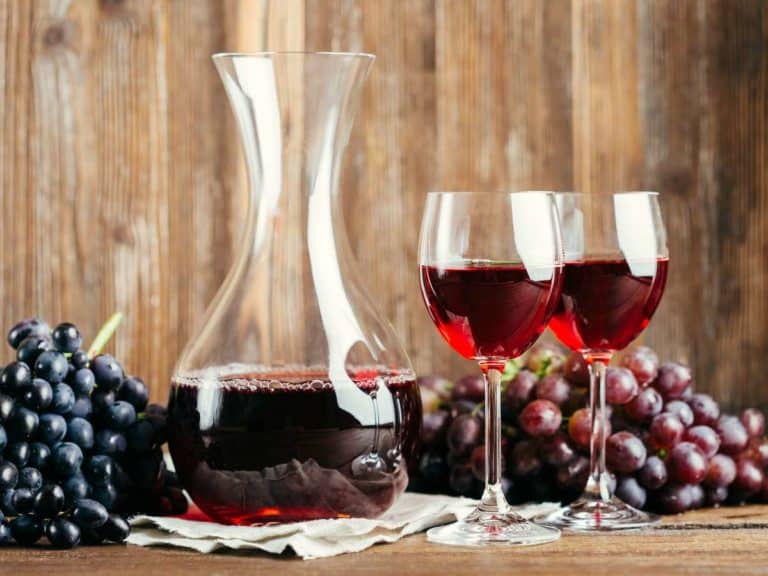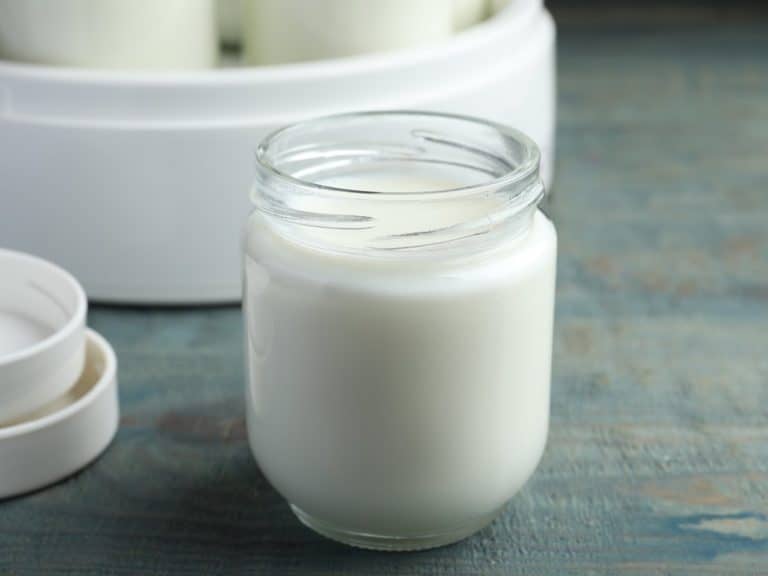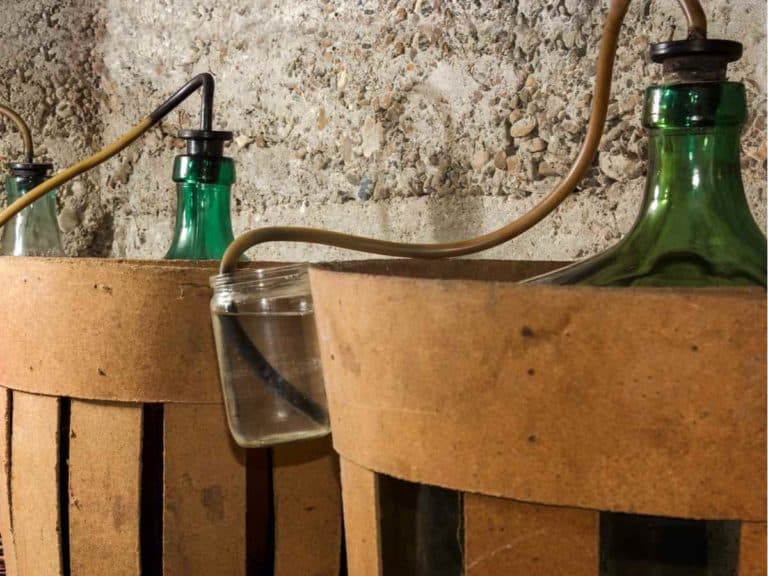Is White Zinfandel a Blush Wine?
Summer tastes incredible, especially when accompanied by a glass of White Zinfandel. Despite its misleading name, White Zinfandel is actually pink in color.
This kind of wine is found in both dry and sweeter variants. White Zinfandel was one of the most popular Zinfandel wine variants back in the 80s. Later on, it started being referred to as blush wine because of its pink hue and sweet taste.
If you wish to know more about this unique variant of blush wine, you have come to the right page. In this article, we will discuss the fundamentals of White Zinfandel and how it originated. So let’s get started.
Introduction to White Zinfandel
White Zinfandel is a rosé wine that ranges from off-dry to sweet, and it was first produced in 1948 by Bob Trinchero, a winemaker at Sutter Home Family Vineyards. White Zinfandel is made from the Zinfandel wine grape, which ordinarily gives a spicy red color and is created due to a stopped fermentation.
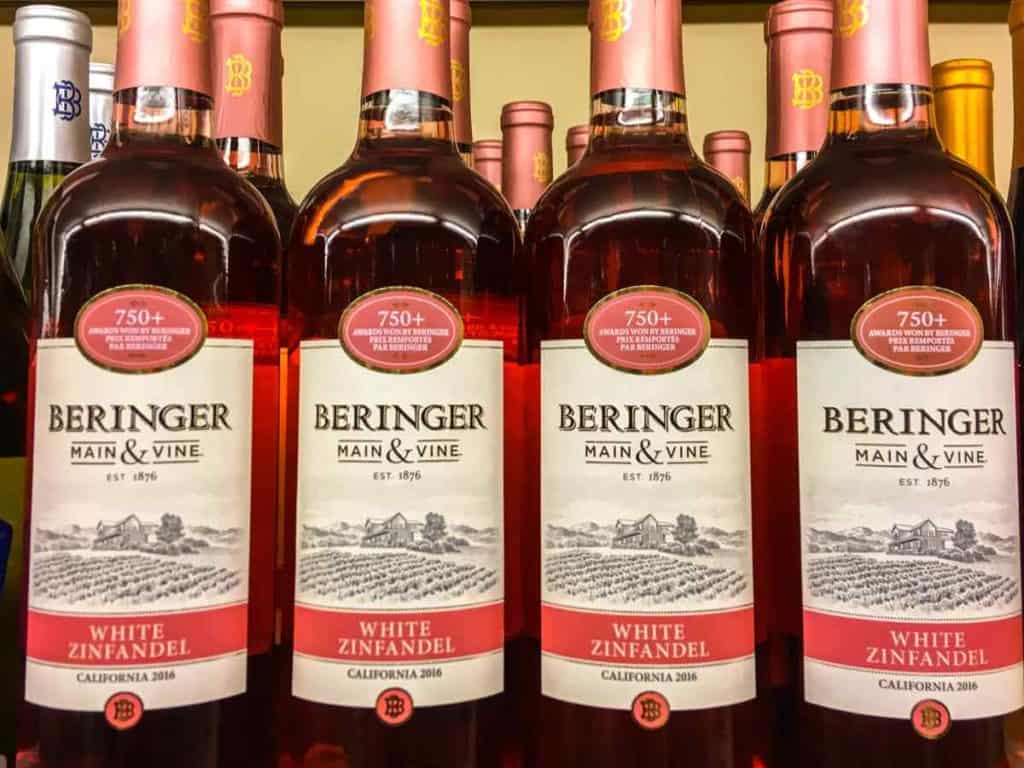
Since the 1980s, it has grown in popularity tremendously, but unfortunately, because of its freshness and sweetness, it is sometimes derided by “true wine drinkers.” However, in other settings, such as on a hot summer day with a refreshing fruit salad, this wine makes an ideal combination.
Is White Zinfandel a Blush Wine?
White Zinfandel is a blush wine.
It is among those wines which have been misunderstood for quite some time. As a consequence of some inappropriate marketing in the 1980s, it acquired a reputation as a cheap, cloyingly sweet box wine.
Today, there is a variety of White Zinfandel wines to choose from, with each flavor being delicious and fun. It is not the oldest child of the rose family but rather the youngest and sweetest sister of the blush wine family.
Filled with flowery aromas and subtle fruit overtones, White Zinfandel has just enough sharp acidity to pair nicely with heavier, creamier, or spicy meals while yet being refreshing. Additionally, the lovely tastes of cherry, strawberry, and rose petals make it a pleasant blush wine to enjoy on its own.
What type of grapes are used in Zinfandel production?
Zinfandel grapes are used for the production of this wine. These grapes have dark skins and light centers, which give the wine a pale pink color. The grapes are grown in 60% of Northern California and 70% of the world’s vineyards.
Primitivo (and Zinfandel) is a grape variety with dark skin. According to DNA analysis, it is genetically equivalent to Croatian grapes Crljenak Kastelanski, Tribidrag, and the traditional Primitivo grape variety from Apulia (the “heel” of Italy), which was introduced in the 18th century.
A brief history of White Zinfandel Wine
There hasn’t been a more happy accident than the discovery of white Zinfandel. It was found by accident in 1972 by Bob Trinchero from Napa Valley.
The Trinchero family is well-known in the wine business in Italy. They started making wine in 1974 after buying an old estate that had been abandoned later. In the late 1960s, Bob Trinchero took over the family home.
Because varietal wines were much more famous than generic wines, he started a new company called Varietal Wines. Bob was interested in the homemade wine made during the Gold Rush, so he started making more of it in Amador County under the name “Sutter Home.”
The white Zin came into the picture when Bob tried to make the wine stronger in Amador. He took some free-run juice and let it turn into blush wine. The produced wine was pale pink because it had been exposed to redskins.
How to choose the best White Zinfandel
With such a wide variety of sweetness, it has become increasingly difficult to choose the White Zin that is most suitable for your tastebuds.
Acidity level
If you’re searching for a sweet White Zinfandel, seek one that has a low acidity level, such as one from California. Any acidity in the wine will begin to offset the sweetness, giving the impression that the wine is drier.
Aroma
Your impression of the sweetness of a wine is also highly influenced by your sense of smell. However, just because a wine smells sweeter does not imply that it will taste sweeter. One place to start is by looking for a wine that is really “aromatic,” with sweet flowery notes.
Residual Sugar level
You should also check to see how much residual sugar is there in your bottle of wine. Residual sugar is the amount of sugar that remains after the alcoholic fermentation process has been completed, and it is a wonderful indicator of how sweet your wine will be after it is finished.
The higher the number, the more likely it is that your White
Zinfandel will be sweet in flavor. The starting point for noticeably sweet wines is around 35 grams per liter, and the amount increases from there.
Other kinds of Zinfandel Wine
Although the Zinfandel grape is a single grape variety, it is used in making a variety of Zinfandel styles. This red grape yields clear juice, and it is up to the winemaker to choose how long the juice should be in contact with the skins, stems, and seeds of the grape.
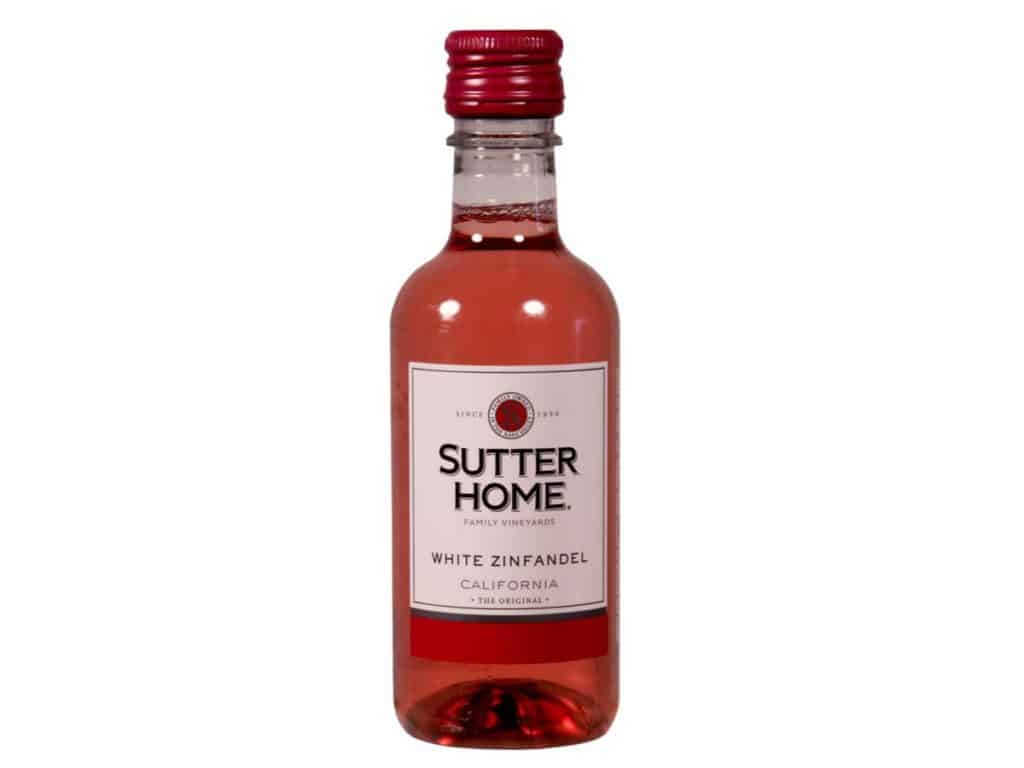
Find below the various different kinds of Zinfandel wines other than White Zinfandel.
Zinfandel rose
This variant is made by fermenting the grapes dry. A small amount of skin contact is permitted, resulting in a rich rose hue in the wine.
Zinfandel Big Style
This one is a red wine with a lot of flavors. Produced from riper grapes, this wine has nuanced and strong fruit notes as well as a jammy texture.
Zinfandel Port
This variant is created from overripe grapes combined with distilled grape spirits that are used to stop the fermentation process before the sugar becomes alcoholic.
Late harvest Zin
Made from grapes harvested during the end of the season, this wine is created from overripe grapes that have 1 percent to 3 percent residual sugar.
Zinfandel Table wine
This wine is made from grapes with an excellent balance of sweetness and acidity.
Extended skin contact is permitted to give this wine a fruity flavor.
Thoughts on Zinfandel Blush Wines
Anyone can find something to their liking in the White Zinfandel family, whether they want something sweet or dry. This flexible rosé wine is sure to delight both white and red wine enthusiasts, and it is simple to match with any meal, regardless of the season or occasion.
We hope this article made you understand the basics of White Zinfandel and how it became popular among wine drinkers. Thanks for reading.

